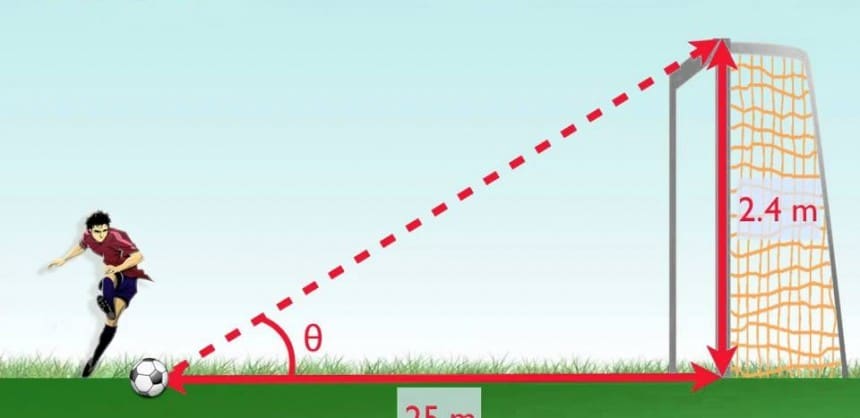With or without our knowledge the basics of trigonometry are taught in elementary school even if the topic is not included in the syllabus. A foundation is like a pillar to lean on. Without it we would not be able to proceed. When in doubt during the later stages of advanced Mathematics the principles we learnt in elementary school will prove to be of aid to us. Trigonometry aims to establish relationships between angles and sides of a triangle. ‘Trigonometry’ comes from the Greek word, ‘trigonometria’ which literally means ‘triangle measuring’. For a long time in Greece ‘angle measure’ was not properly understood. As a result only the sides of triangles were studied. Such a field was alternatively referred to as ‘Trilaterometry’.
In the ancient languages the terms used in the documented sources had meanings which to some extent were self-explanatory when mentioned. The modern word ‘sine’ comes from the Latin word, ‘sinus’ which means ‘bosom’. The words ‘minute’ and ‘second’ come from Latin phrases directly meaning “first small parts” and “second small parts”. Young students need to be encouraged to relate to this subject as to a large extent application of Trigonometry is hardwired in us. It is just about proving what we know intuitively. Alan Turing the British Mathematician, Computer Scientist and Cryptographer said “Mathematical reasoning may be regarded rather schematically as the exercise of a combination of two facilities, which we may call intuition and ingenuity’. We sometimes know how to apply what is ingrained in us without being able to articulate it in precise terms. This is why we need to learn subjects like Trigonometry so that we can justify what we know by insight.
Students’ imagination can be excited easily by playing games that deal with the basic concepts of Trigonometry such as; Trigonometry Outdoors, Trigonometry Indoor Search Game and Triangle Card Match*. In Trigonometry Outdoors it would be as well to get students to observe their environment and see how it is filled with triangles. In ‘Trigonometry Indoor games’ the search happens indoors. The observations should be recorded in a journal. The students who find examples of three kinds of triangles have won the game.
In ‘Triangle Card Match’ students need to match the cards with appropriate triangles. In this manner the teacher can very easily arrest the attention of students without trouble. Games are seen as effective ways of teaching learners both young and old as learning happens by exercising the intellectual faculties to understand concepts which may otherwise seem abstruse.
Reference: http://www.ehow.com/list_6656454_trigonometry-games-elementary-kids.html

